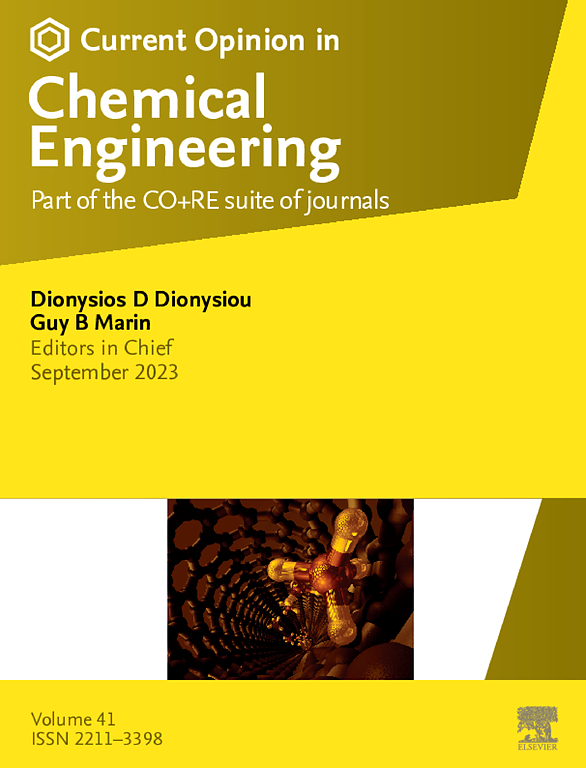通过确定使用条件的优先次序来加强化学品替代评估的观点
IF 6.8
2区 工程技术
Q1 BIOTECHNOLOGY & APPLIED MICROBIOLOGY
引用次数: 0
摘要
化学替代的替代评估(AA)传统上的动机是减少危害,同时尽量减少接触有毒物质。然而,这种AA方法可能会在考虑其技术性能和作用之前过早地排除许多潜在的候选化学品。这篇前瞻性的论文提出了一种范式转变,从生命周期的角度出发,在采用更安全、更经济的替代方案之前,优先考虑化学品给定应用的主要功能需求,包括原材料提取和精炼、化学合成、产品制造、使用条件(CoU)和生命周期结束管理。采用这种方法被表示为一个混合整数非线性规划问题,旨在将感兴趣的化学物质的性质与CoU的目标值之间的差异最小化,同时考虑安全性、监管限制和经济可行性作为约束。如果成功实施,可以确定在监管和非监管实体规定的可接受安全参数范围内的实际替代品,以解决化学替代品的挑战。本文章由计算机程序翻译,如有差异,请以英文原文为准。
A perspective on enhancing chemical alternative assessments by prioritizing conditions of use
Alternative assessment (AA) for chemical substitution has traditionally been motivated by reducing hazards while minimizing exposure to toxic substances. However, this approach of AA can prematurely eliminate many potential candidate chemicals before considering their technical performance and role. This perspective paper proposes a paradigm shift to prioritize the primary functional requirements of a chemical's given application before adopting the safer and more economical alternative from a life cycle perspective, including raw material extraction and refinement, chemical synthesis, product manufacturing, conditions of use (CoU), and end-of-life management. The adoption of this approach is represented as a mixed-integer nonlinear programming problem, aiming to minimize the differences in the properties of the chemical of interest and the targeted value for a CoU, while considering safety, regulatory limits, and economic feasibility as constraints. If successfully implemented, practical replacements within the acceptable safety parameters set forth by regulatory and nonregulatory entities can be determined to address chemical substitution challenges.
求助全文
通过发布文献求助,成功后即可免费获取论文全文。
去求助
来源期刊

Current Opinion in Chemical Engineering
BIOTECHNOLOGY & APPLIED MICROBIOLOGYENGINE-ENGINEERING, CHEMICAL
CiteScore
12.80
自引率
3.00%
发文量
114
期刊介绍:
Current Opinion in Chemical Engineering is devoted to bringing forth short and focused review articles written by experts on current advances in different areas of chemical engineering. Only invited review articles will be published.
The goals of each review article in Current Opinion in Chemical Engineering are:
1. To acquaint the reader/researcher with the most important recent papers in the given topic.
2. To provide the reader with the views/opinions of the expert in each topic.
The reviews are short (about 2500 words or 5-10 printed pages with figures) and serve as an invaluable source of information for researchers, teachers, professionals and students. The reviews also aim to stimulate exchange of ideas among experts.
Themed sections:
Each review will focus on particular aspects of one of the following themed sections of chemical engineering:
1. Nanotechnology
2. Energy and environmental engineering
3. Biotechnology and bioprocess engineering
4. Biological engineering (covering tissue engineering, regenerative medicine, drug delivery)
5. Separation engineering (covering membrane technologies, adsorbents, desalination, distillation etc.)
6. Materials engineering (covering biomaterials, inorganic especially ceramic materials, nanostructured materials).
7. Process systems engineering
8. Reaction engineering and catalysis.
 求助内容:
求助内容: 应助结果提醒方式:
应助结果提醒方式:


